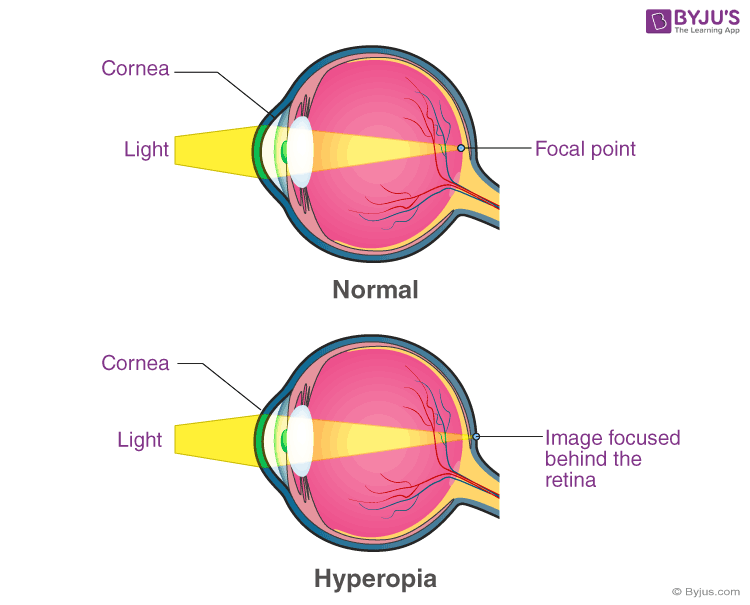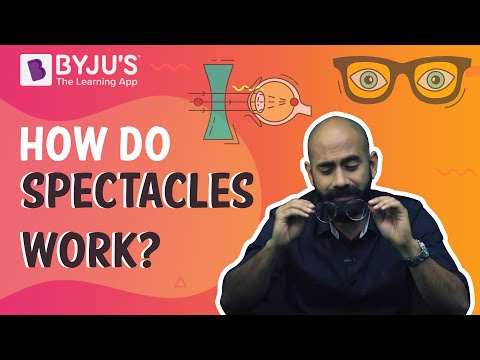What is Hyperopia?
Some people see distant objects clearly, while some cannot even see nearby objects clearly. This is a result of the defects in the retina of the eye. People with hyperopia or hypermetropia are said to have far-sightedness or long-sightedness. What happens here is that light rays do not focus on the surface of the retina but behind it. This results in blurry images when perceived. Blurred vision is caused by myopia as well, but the reasons differ in both cases. In hyperopia image formation of nearby objects appears out of focus but objects far away can be seen clearly.
Did you know that some children are born with this condition? This is because their eyeballs are short and therefore, the image is not formed in front of the retina. They outgrow this defect after a while and the eyeball lengthens with normal growth. Increase in the focusing power of the crystalline lens is another reason for hyperopia and results in the formation of the image behind the retina.
If you already know about myopia then you would have realised that hyperopia and myopia are opposites of each other.

Treatment for Hypermetropia
It is important to remember that Hyperopia is an eye defect and not an eye disease. Therefore, it can be corrected. Since the image is formed behind the retina, correcting this problem can counter the effects produced due to hyperopia.

Effects of hyperopia
The image above shows how the effects of hyperopia can be countered theoretically. It can be done in the following ways.
- By using corrective eyeglasses: Depending on how much the focal length has been altered due to the effects of hyperopia, powered convex lenses can correct this problem. It is also the safest option with minor inconveniences.
- By using contact lenses: Using this has the same effect as that of using eyeglasses but presents a more convenient and comfortable option. Using contact lenses isn’t safe for everyone, however.
- Refractive surgery: Since the refractive power of the eye is affected by hyperopia, altering this through surgery is another way to counter the defects. An example of refractive surgery is Lasik surgery which is quite common.
People with farsightedness have powers with a positive sign. For example +1.50 or +2.50 as their corrective powers. This signifies that the lens used is convex in nature. These people mostly use their eyeglasses or contacts only when they are reading or using the laptop and other close-up work.
To learn more about interesting science topics refer to BYJU’S – The Learning application!
How do spectacles work?

Frequently Asked Questions – FAQs
What are the three common eye defects?
There are three typical eye defects and they are myopia or near-sightedness, Hypermetropia or far-sightedness, and Presbyopia. The use of suitable spherical lenses corrects these defects.
What is meant by myopia?
Myopia is also known as near-sightedness or short-sightedness. What happens here is that light rays do not focus on the surface of the retina but in front of it. This results in images being blurry when perceived. In such a case, distant images appear out of focus, but objects nearby are seen clearly.
What are the important uses of lenses?
Lenses are employed in different imaging tools like cameras, binoculars, and telescopes. They are also extensively used for correcting vision defects such as hypermetropia and myopia.
What are the best ways to treat hypermetropia?
The best ways to treat hypermetropia are by using corrective eyeglasses and contact lenses. It can also be cured by refractive surgery.
What is a lens?
A lense is a transmissive device which disperses or focuses light beams by means of refraction.

Comments